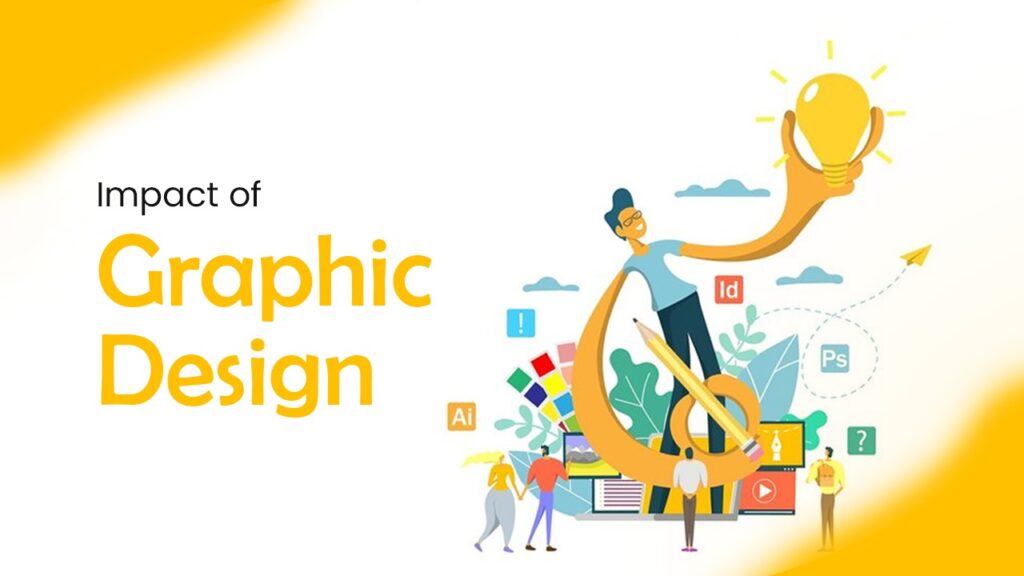
Introduction:
Graphic design plays a crucial role in conveying messages, ideas, and information through visual elements. It is a powerful tool that combines artistry, creativity, and communication to create impactful designs. In this blog, we will explore the significance of graphic design and its role in creating effective visual communication.
what is important in graphic design:
Quality is more important than quantity in graphic design for several key reasons. While quantity may imply a higher volume of design work, it does not guarantee the effectiveness or impact of the designs. Here’s why quality takes precedence over quantity in graphic design:
Visual Impact: Quality design focuses on creating visually appealing and impactful designs. A single well-crafted design that effectively communicates the intended message can have a far greater impact than multiple mediocre designs. The quality design captures attention, engages viewers, and leaves a lasting impression.
Brand Perception: Graphic design in chennai plays a critical role in shaping a brand’s identity and perception. High-quality designs reflect professionalism, attention to detail, and a commitment to excellence. Brands that prioritize quality design establish themselves as credible, trustworthy, and reputable, fostering positive associations with their target audience.
Clear Communication: Quality design ensures clear and effective communication. It involves thoughtful consideration of elements such as typography, layout, color, and imagery to convey messages accurately and efficiently. Well-crafted designs effectively communicate the desired information or emotion, ensuring that the intended message is understood by the audience.
User Experience: Quality design enhances the user experience by considering usability, accessibility, and visual hierarchy. Designs that prioritize user-centered principles result in intuitive and enjoyable interactions, allowing users to easily navigate and engage with the content. This leads to increased user satisfaction and positive brand experiences.
Differentiation: In a saturated market, quality design helps businesses stand out from the competition. By investing in high-quality, unique designs, companies can differentiate themselves, create a memorable brand identity, and leave a lasting impression on their audience. Quality designs contribute to building a strong and recognizable visual presence.
significance of graphic design and its role in creating effective visual communication:
The Power of Visual Communication:
Visual communication has the ability to convey complex concepts and emotions in a concise and engaging manner. The graphic design utilizes elements such as color, typography, imagery, and layout to communicate messages effectively, leaving a lasting impression on the audience.
Establishing Brand Identity:
Graphic design is instrumental in creating and establishing a strong brand identity. It helps in shaping a brand’s personality, values, and visual representation through the design of logos, color schemes, typography, and overall visual consistency. Consistent and well-crafted graphic design elements build recognition, trust, and loyalty among customers.
Enhancing User Experience:
In web and app design, graphic elements play a vital role in enhancing user experience. Thoughtfully designed interfaces, intuitive navigation, and visually appealing graphics create a seamless and enjoyable user journey. Graphic design principles, such as visual hierarchy and information organization, contribute to clear and effective user interactions.
Effective Marketing and Advertising:
Graphic design is integral to marketing and advertising efforts. Compelling visuals, including banners, posters, infographics, and social media graphics, help grab attention, communicate key messages, and persuade the audience. Graphic design enhances the visual appeal of marketing materials, making them more memorable and impactful.
Communication and Storytelling:
Graphic design has the ability to tell stories and evoke emotions. Through carefully selected imagery, typography, and layout, graphic designers in Chennai
create visual narratives that captivate and engage viewers. Whether it’s a magazine layout, a book cover, or an infographic, graphic design helps to communicate stories and information in a visually compelling way.
Conclusion:
Graphic design plays a crucial role in visual communication, brand identity, user experience, marketing, and storytelling. Its ability to convey messages effectively through visual elements makes it an essential discipline in various industries. By harnessing the power of graphic design, businesses, and individuals can create impactful and visually appealing designs that leave a lasting impression on their audience.

